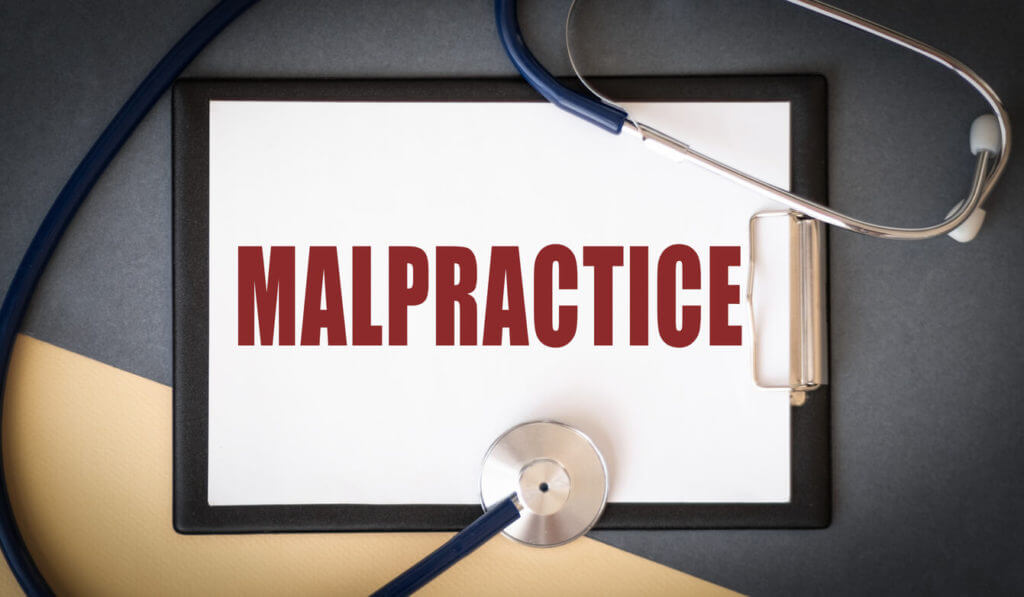
It is also important to understand that there are two types of coverage limits. The first is a per-occurrence limit and the other is an aggregate, or per year, limit. For example, the most common limits of liability are $1,000,000 per-occurrence and $3,000,000 per-year. If these were your rates and you received a claim for $1,500,000, your insurance would cover $1,000,000 and you would be liable for the remaining $500,000 for that particular lawsuit. If you received 4 separate claims each for $900,000, then each occurrence would be fully covered, however you would exceed your aggregate limit by $600,000 and you would be responsible for that amount. This part is pretty straightforward.
It starts to get messy when you consider related claims and defense costs. Related claims are a group of two or more separate claims that insurance groups together based on their similarities. When this is the case, all related claims are considered one under your per-occurrence limit. Therefore, if one lawsuit of $450,000 and another lawsuit of $750,000 are considered related claims, when using the same coverage limits as above, your insurance would pay $1,000,000 and you would be responsible for the remaining $200,000. Defense costs, such as attorney, expert, or court fees, are either inside or outside your limits of liability. For example let’s say your per-occurrence limit is still $1,000,000. If you incur $200,000 in attorney fees and your defense costs are outside of these limits, then you still have the full $1,000,000 to cover the claim. If your defense costs are inside of your limits of liability, however, the $200,000 would be deducted from your original $1,000,000 in coverage giving you only $800,000 to cover the claim. Both related claims and defense costs are important to understand and consider when choosing a policy.
Finally, it is important to know that each state has its own requirements. Most states have a minimum and maximum liability coverage limit and each state has its own laws regarding defense costs and related claims as well. It is important to find out what the laws are in your state before purchasing medical malpractice insurance to guarantee you are making the right decision based on your practice. The last thing you want to be is unprepared or uneducated about your possibilities when choosing a policy. Do not let insurance companies keep you in the dark about your coverage limits or state requirements, eQuoteMD is here to help.



